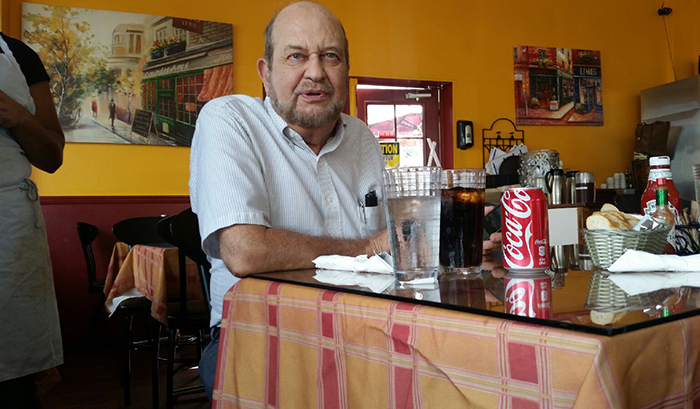It just may be that life has overtaken political polling. Just as they have shaken up industries and activities from newspapers to taxicabs, from telephones to shopping, some relatively new technologies are making old reliable survey research techniques and tactics obsolete or inaccurate.
This never was more evident than in the presidential polling, which consistently predicted a huge Electoral College victory for Hillary Clinton, along with a slim victory in the popular vote. The result was not close to that.
Here is what pollsters used to do:
The first task was to formulate a stratified random sample, dividing the population into major categories, or strata, like Democrats, Republicans, males, females, various income levels, with racial, age, ethnic and religious factors.
Within each stratum, there would be random sampling, usually by telephone. Most folks who got those phone calls from the likes of Gallup or the Field Institute were happy to answer questions.
That has changed. Only half of households in California and the rest of America have land telephone lines, the rest using exclusively cell phones or opting out entirely. Even where land lines exist, increased use of caller ID service makes it more difficult than before to get phone calls answered.
Changing Attitudes
Meanwhile, mobile phone users are far less likely to pick up a call from any number unknown to them, in some cases because their phone plans carry limited minutes they don’t want to waste on strange numbers.
Just calling people is no longer simple. One report this fall indicated polling firms were having to make 300 calls to Hispanic males in order to get a single response. This may be an exaggeration, but it’s emblematic of a new reality.
One question that arises: Since political polling is often a loss leader, with companies like Gallup, Field and Ipsos using those surveys to enhance their reputations, how much will they be willing to spend on getting that one elusive Hispanic male needed to round out some surveys? It plainly costs more to make 300 phone calls than the average of 1.5 the same study showed was needed to get a response from a typical 60-year-old white female.
Enter the Internet. Some firms are now joining the Palo Alto-based Survey Monkey in using computer polling. That kind of survey has always had a reputation for unreliability, mainly because polling a population with access to computers is not the same as polling the general public. Computer users generally are wealthier than people who can’t afford them. Plus, it’s difficult to divide users into age groups, when they can lie about that just as people frequently do in their computer dating profiles.
NBC News this fall partnered with The Wall Street Journal in one poll and with Survey Monkey in another. The results were sometimes startlingly different.
In some ways, outfits that do no commercial polling might be considered more reliable. That’s one reason it behooves political junkies who follow websites like RealClearPolitics, which provides daily updates on the polls during election seasons, to compare the accuracy of results from varying kinds of polling outfits.
Polls done by colleges have the same problems as those done by commercial outfits, but their labor costs might be less. Connecticut’s Quinnipiac University, for whom polling replaces football as a generator of name-recognition, uses a reported 160 student interviewers, aside from its 10 fulltime staffers. That many pollers can make a lot of phone calls.
Then there are questions of weight, which worked out better than anyone expected this fall for the USC Dornsife/Los Angeles Times poll. This survey tried to measure intensity of support for candidates and was usually higher on Republican Donald Trump than any other survey, in part because his supporters were more enthusiastic than others.
The 3 percent margin its final reading gave Mr. Trump turned out to be very close.
The bottom line is that if polls were less accurate than usual this year, it may have been because they have not yet fully adjusted to the new world of smartphones, social media and more.
Or a lot of people lied to the pollsters. Which is just one reason why actual voting is so important.
Mr. Elias is author of the current book “The Burzynski Breakthrough: The Most Promising Cancer Treatment and the Government’s Campaign to Squelch It,” now available in an updated third edition. His email address is tdelias@aol.com









Old, White Men Still Matter!!